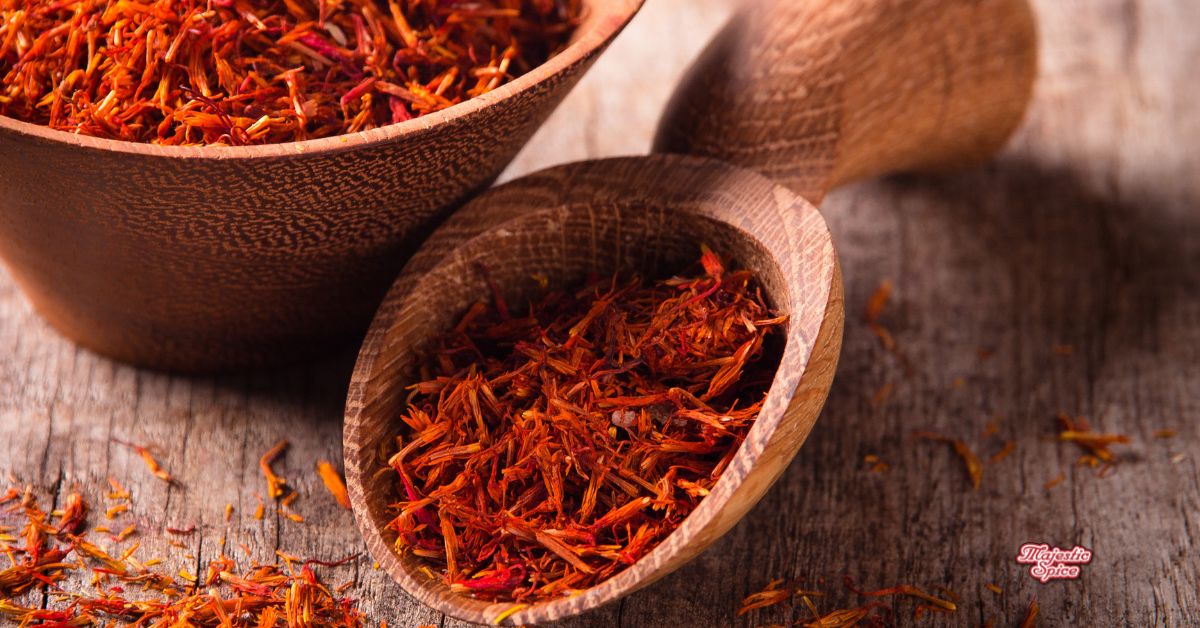
Saffron buyers in Europe have opened their wallets this year. From January to August, the EU imported just under 90 tonnes of saffron, one of the highest Jan–Aug tallies on record, yet what stands out isn’t the volume, it’s the bill. Import spending hit a new record, and by simple math, the average unit value now sits around the mid-€600s per kilogram. That’s a big signal for Q4 planning: demand is solid, and the price floor is higher than many budgets assumed.
What’s pushing prices up if volumes aren’t at a record?
- Origin risk is still priced in. Iran is the world’s key origin, and last season’s weather stress in Khorasan spooked the market. Officials talked up a 350–400 t harvest for the season that ended earlier this year, but repeated drought headlines keep risk premia alive. Even when the crop looks “okay,” buyers remember how quickly yields can slip.
- Europe buys—and also sells. The EU isn’t just a destination; it’s a processing and re-export hub. Spain and the EU, as a bloc, regularly appear as the top exporters of saffron in global data. That usually means the product is imported, cleaned/standardized/packed, and shipped back out under EU brands. Pack and brand premiums keep unit values buoyant.
- Quality scrutiny is tighter. Spices remain a focus for EU fraud and non-compliance monitoring. That nudges buyers toward fully documented lots with ISO-tested quality and clear traceability, which lifts average prices paid.
What smart buyers are doing now
- Lock part of Q4 early, stagger the rest. With spend already at a record by August and the implied average around €675/kg, treat that as the working floor for near-term tenders. Secure core coverage now and layer in smaller follow-ons to average risk.
- Diversify within a spec, not outside it. Keep Iran on the sheet, but price check small allocations from Afghanistan, Morocco, Greece, or PDO La Mancha (when available). Afghanistan’s export flow picked up again in 2024, and some EU buyers are using it as a secondary origin to smooth supply.
- Tighten the paperwork (and lab work). Ask suppliers for ISO 3632 results—crocin (colour), picrocrocin (taste), and safranal (aroma) via UV-Vis—plus an authenticity screen (HPLC/GC-MS) on powders. Include recent EU-style CoAs, pesticide screening against EU MRLs, and clear lot traceability.
- Mind the “EU pack” premium. If you buy origin-packed threads for industrial use, compare landed unit values to EU-packed brand offers. For retail-facing formats, EU packers can be worth the premium for spec stability and compliance support.
- Labeling details matter. If you’re using PDO claims (e.g., Azafrán de La Mancha), make sure text and use conditions follow the current spec. It’s low-effort insurance against relabeling costs later.
- Watch Khorasan weather chatter. A few bad weeks in October–November can flip sentiment. If local reports look dry or yields lag, expect offers to firm before holiday demand peaks.
Price and demand outlook for the holidays
Saffron has a seasonal pull into Q4 from retail gifts and foodservice menus, and EU re-export packers typically keep pipelines active. With spending already at a record and no clear bumper-crop narrative from Iran, the near-term setup favors firm to slightly firmer offers, especially on high-grade threads. Powders with full authenticity documentation are also fetching better prices than “commodity” blends.
If you need threads for blends or ready meals, consider:
- Grade pragmatism: Category I for flagship SKUs; Category II for internal blends where colour and aroma are boosted by recipe design.
- Lot sizing: Smaller, more frequent lots (with locked specs) to control cash flow and reduce exposure to spot swings.
- Claims discipline: Keep any origin or PDO claims watertight; use generic “saffron” where your supply is mixed to avoid rework.
Quick checklist you can share with your supplier today
- Current ISO 3632 test (crocin/picrocrocin/safranal) + authenticity screen on powders
- Full MRL and micro (Salmonella) panel; storage & transport conditions documented
- Traceability down to farm/co-op where feasible; photos of lot/pack codes
- Clear incoterms, lead times, and split-delivery options for Q4–Q1
Sources
Mundus Agri news brief on EU saffron imports Jan–Aug 2025 (record value; ~89,850 kg; +42% YoY spend). mundus-agri.eu
Official statements and trade press on Iran crop expectations (350–400 t; drought sensitivity in Khorasan). en. otaghiranonline.ir+2Tehran Times+2
Global trade stats showing Spain/EU among top saffron exporters (re-export/packing hub dynamic—author’s inference from data). WITS
Report on Afghanistan’s 2024 saffron exports (used by some EU buyers for diversification). TOLOnews
EU fraud/food-safety monitoring context for spices and documentation expectations (ACN/RASFF monthly/annual materials; buyer-requirements brief). Food Safety+2Food Safety+2
ISO 3632 standard and technical background on saffron grading (what labs measure and why it affects price). ISO+1
